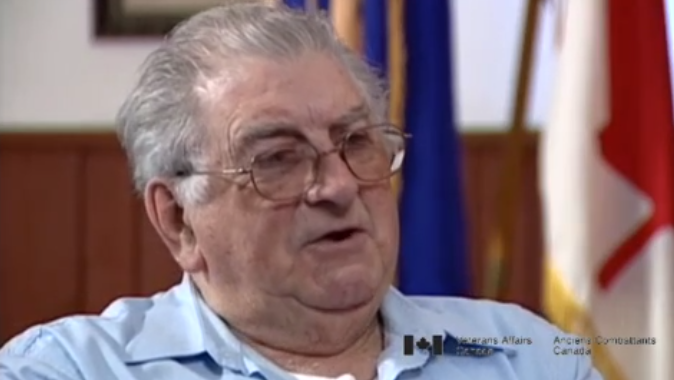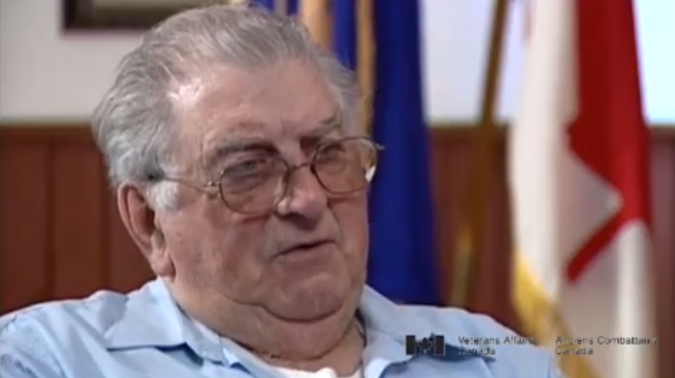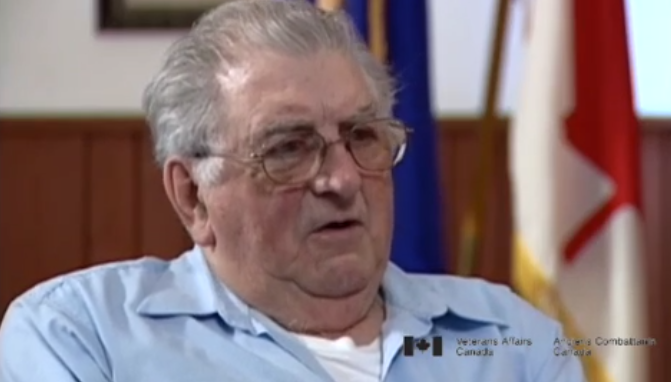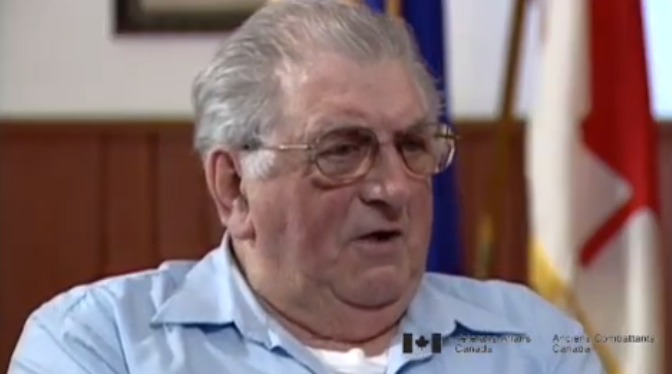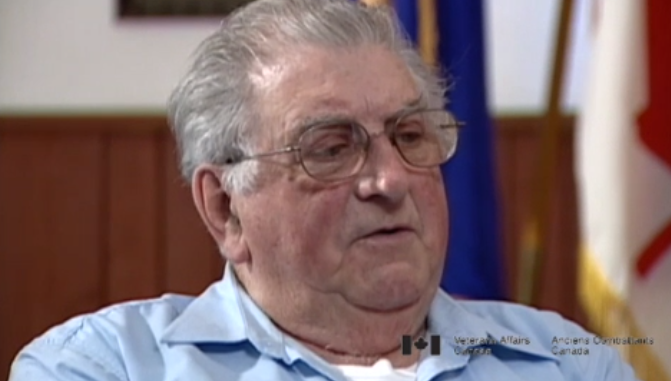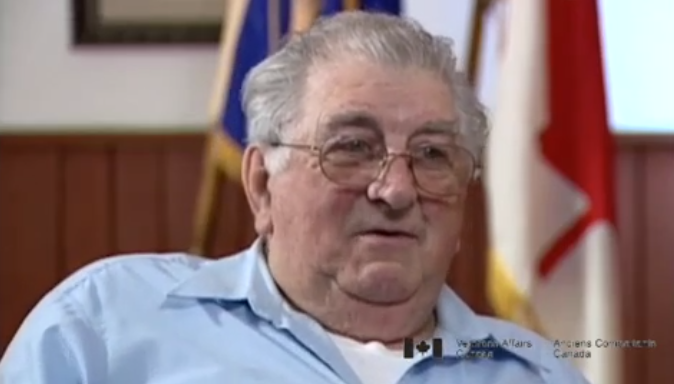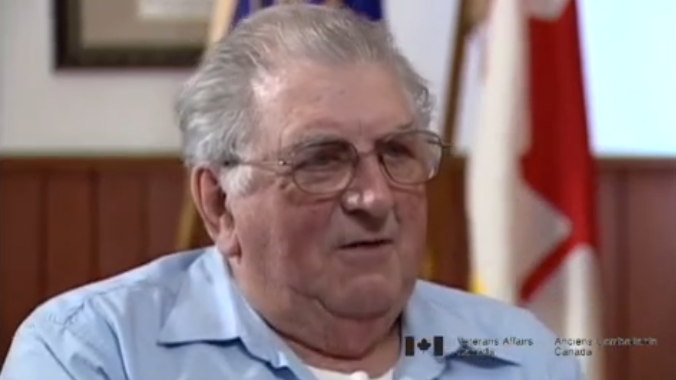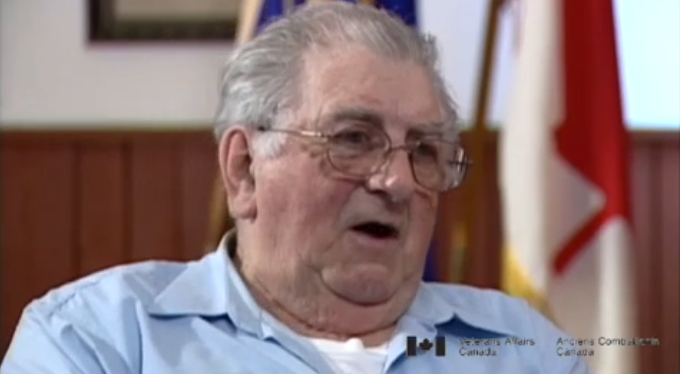Problems in the Bombing Stream
Heroes Remember
Problems in the Bombing Stream
Transcript
Description
Mr. Campbell describes how missing your bomb drop meant exiting and re-entering the bomber stream for a second try, and how dangerous this could be.
John Campbell
John Campbell was born in October, 1923 in Coleman, Alberta. He was the younger of two brothers. His father was a coal miner and Mr. Campbell credits the mine’s support of the local school for his good education. Following the death of both his parents, he went into the mine. Because of the diverse ethnic mix in Coleman, the onset of war saw many miners return home to serve in their respective forces. He enlisted in 1942, joining the Air Force and becoming a bomber pilot. He finished his full complement of thirty-two missions with the same crew. After the war he remained in the Air Force and was a first responder on the DEW Line.
Meta Data
- Medium:
- Video
- Owner:
- Veterans Affairs Canada
- Duration:
- 2:39
- Person Interviewed:
- John Campbell
- War, Conflict or Mission:
- Second World War
- Location/Theatre:
- Germany
- Branch:
- Air Force
- Units/Ship:
- 626 Squadron
- Rank:
- Flying Officer
- Occupation:
- Pilot
Related Videos
- Date modified:



